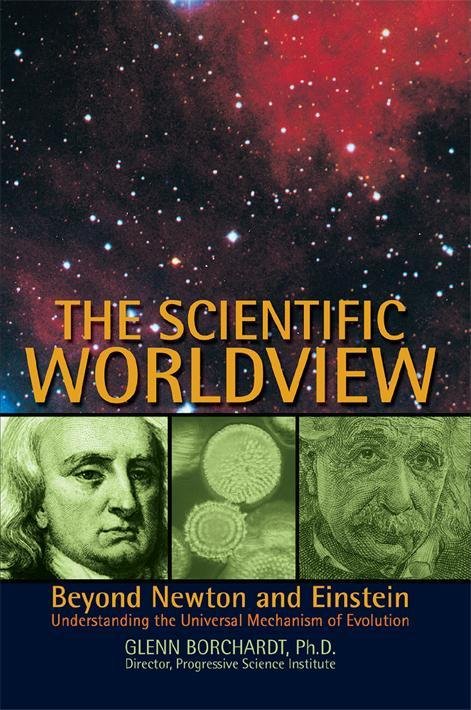PSI
Blog 20190220 What is the cosmological redshift?
I
explained this many times, but apparently did not do a very good job of it,
because the question still appears to be on the table.
As
mentioned in Infinite Universe Theory[1],
there are many types of redshift found in astronomy. Here, we are concerned
only with the one responsible for the erroneous idea that the universe is
expanding. Light from all sources loses energy as a function of distance
(Figure 1). Note that the dimmest sources, farthest away, have the highest
redshifts (Figure 2). The cosmological redshift also is termed the “Hubble
redshift” for the astronomer who first discovered it.
The
velocity of a particle or wave is determined strictly by the medium through which
it travels. The Second Law of Thermodynamics states that perpetual motion is
impossible. No microcosm or motion can go on its own from point A to point B
without losing energy. You can observe this when standing under active electrical
transmission lines. The hum you hear is indicative of the energy losses that
are inevitable during the transmission.
Figure
1. Cosmological
redshift showing spectral lines for various elements being shifted to the red,
long wavelength, low energy end of the spectrum. Credit: Georg Wiora.[2]
Figure 2. Typical redshift vs. distance plots
calculated as erroneously assumed recessional speeds. This is part of an animation prepared by the Institute for Astrophysics and
Space Science, Western Kentucky University.[3]
With
the velocity of the waves being controlled by the aether medium, the Second Law
losses must show up as increases in wavelength. This is the “tired light”
effect favored by Hubble in his opposition to the expanding universe
interpretation commonly misattributed to him.
The
current view, however, was adopted from Einstein. I have termed it his “Untired
Light Theory.[4]”
The theory requires eight ad hocs, highlighted by the assumption that light is
a massless particle traveling through perfectly empty space. The hypothesized
light travels from galaxy to eyeball with no loss of energy. Amazingly, regressives
still appear to accept this illogic without question. It is responsible for the Big Bang Theory and many of the
associated absurdities so prevalent in mainstream journals today.
[1] Borchardt, Glenn, 2017, Infinite Universe
Theory: Berkeley, California, Progressive Science Institute, 349 p. [http://go.glennborchardt.com/IUTebook].
[2] http://go.glennborchardt.com/Wikiredshift.
Georg Wiora (Dr. Schorsch) created this image from the original JPG. Derivative
work:Kes47 (File:Redshift.png) [CC BY-SA 2.5 (https://creativecommons.org/licenses/by-sa/2.5),
GFDL (http://www.gnu.org/copyleft/fdl.html)
or CC-BY-SA-3.0 (http://creativecommons.org/licenses/by-sa/3.0/)],
via Wikimedia Commons.] [Figure 53 in IUT.]











2 comments:
Anyone using critical thinking or even applying a small degree of rational thinking has to reject the absurd concept of photons with no rest mass. The fact that orthodox physicists so easily accept this notion indicates that these people are willing to go along with any ridiculous idea to maintain their membership in the mainstream physics community,which increasingly resembles a cult.
From Abhi:
"You wrote that the Second Law of Thermodynamics states that perpetual motion is impossible. No microcosm or motion can go on its own from point A to point B without losing energy.Then how is it possible that the Earth always revolves around the sun?"
[GB: That is inertial motion as described in Newton's First Law. See my explanation in IUT where I mention that inertial motion always slows due the presence of supermicrocosms in the environment (e.g., that is the reason for Earth's "leap second."]
Post a Comment